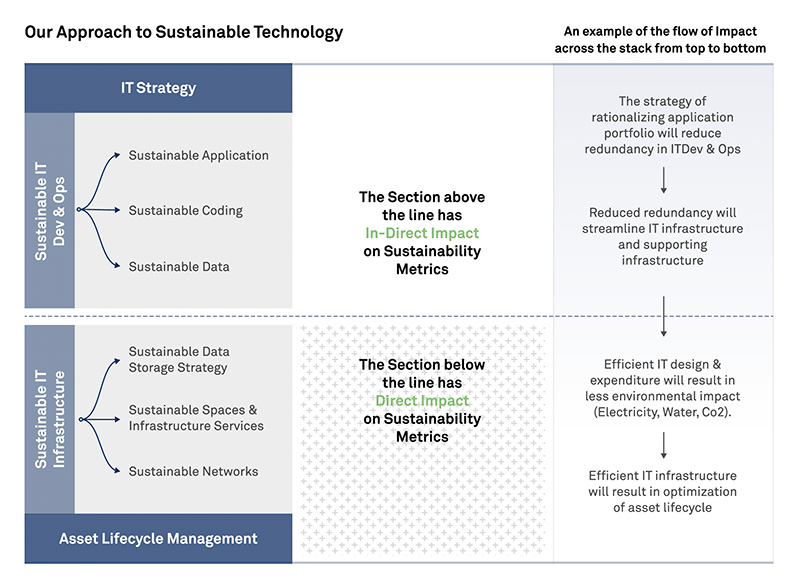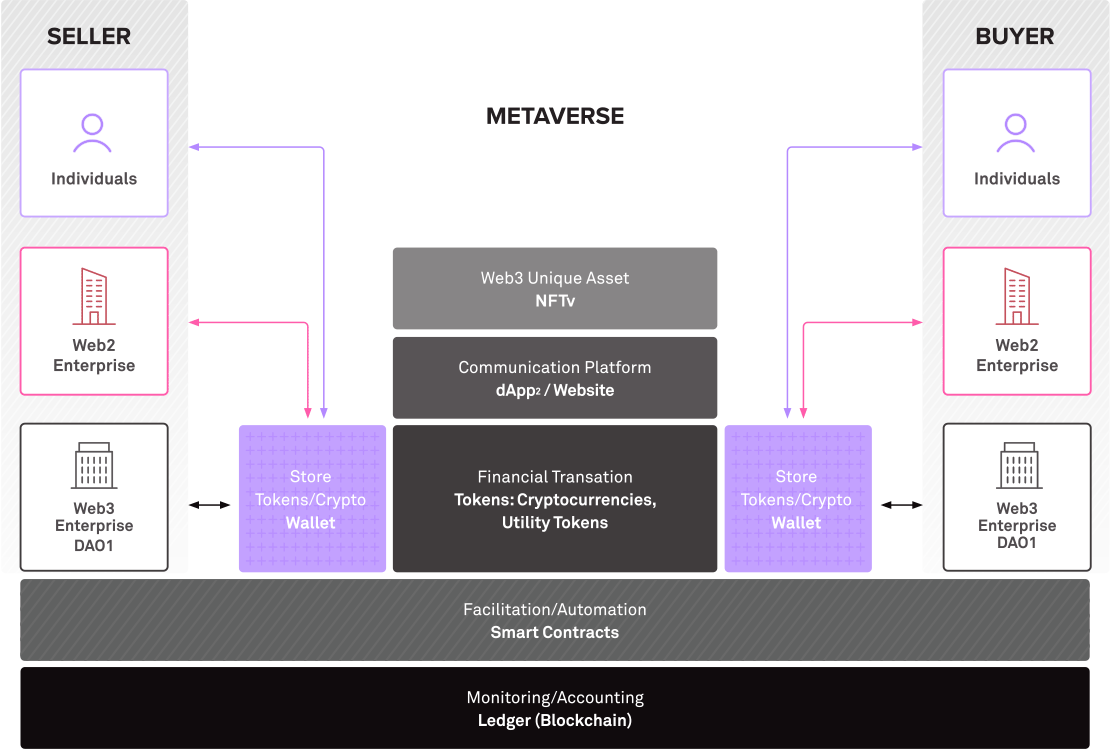Uncovering GenAI tools and infrastructure
Rajat Monga, Co-Founder, TensorFlow
Watch Now
11:45 Minutes The average reading duration of this insightful report.

AIoT is a revolutionary blend of AI and IoT that creates a connected world with limitless opportunities. Smart devices can collaborate to make informed decisions without human intervention, transforming various industries. As AI and IoT converge, their applications will become more advanced, presenting new prospects for businesses and consumers.
Explore a sneak peek of the full content
AIoT combines sensors, AI, data and ambient computing elements to create a responsive, context-aware environment. It uses embedded devices and natural user interfaces to provide services based on detected requirements and user input.

AIoT can revolutionize how users interact with technology, offering greater convenience and seamless connectivity. The benefits include: intuitive and seamless experience without commands, automated decision making, efficiency and convenience.
While creating an AIoT system, a well-balanced architecture is crucial to manage data processing speed and costs. There is a flow of information in the system based on the external inputs, that ultimately results in a response based on analysed data points by AI and ML algorithms. Download Complete Research
The 5 step enterprise strategy include the following:
Use Cases for following domains are discussed:
Implementing a complex system like AIoT requires careful planning, collaboration, and attention to detail. Data management, privacy concerns, and integration with various systems can pose significant obstacles to successful implementation.
The AIoT space is dominated by key players such as IBM, Microsoft, Siemens, GE, Cisco, Huawei, ABB, Bosch, SAP, and Honeywell. Download Complete Research
Credits
Author@lab45: Anju James
Contributing Authors@lab45: Hussain S Nayak, Nagendra Singh

15:13 Minutes The average duration of a captivating reports.

Technology both improves and harms environmental sustainability. It’s is a double edged sword. While emerging technologies such as Al, loT, AR/ VR and others are being used to help achieve sustainability goals, these technologies when put into mainstream adoption will leave a hefty environmental footprint.
If we continue on our current trajectory, datacenters will leave a huge footprint on our planet. Data centers contribution to Co2 Emissions will go up 12X by 2030 and their consumption of water will go up 17X in the same time. Needless to say, they will be huge contributors to E-waste in landfills.

We have developed a framework based on the IT lifecycle consisting of a stack of building blocks. We believe this framework will help facilitate a comprehensive and structured implementation of a Sustainability strategy within the data center.It is quite intuitive and easy to identify potential actions that can be taken and what their impact would be. Download Complete Research
As organizations move with sustainable strategies, we highlight key insights that will help drive these strategies. We also identify metrics that can be used to measure progress.
We have painstakingly built a 5-level maturity model that can be used as a guideline to assess where the organization stands. We also give insights on what would be required to move to the next level.
We finally put this all together to see how organizations should approach their Sustainability journey.
Credits
Author@lab45: Hussain S Nayak, Sujay Shivram, Chandan Jha
Author@Wipro: Susan Kenniston

16:10 Minutes The average duration of a captivating reports.

Discover the revolutionary world of Web3 in this compelling paper, where we delve into its fundamental building blocks and crypto tokens that underpin this decentralized paradigm shift. Explore the exciting enterprise use-cases harnessing the true potential of Web3 technology, revolutionizing industries and unlocking unprecedented opportunities.
What's inside

Web3 represents a decentralized web powered by blockchain, enabling decentralized participatory communities. It promotes user control over data, governance, and transactions. The transition from Web2 to Web3 encompasses decentralization of user data and content, finance and currency systems, and immersive user experiences. Web3 leverages crypto tokens, digital assets issued on blockchains, and utilizes smart contracts for decentralized finance. These tokens are essential for Web3 and its growth. Web3's potential lies in building digital communities, disrupting economic representation, and co-creating value within token networks. Blockchain underpins Web3, ensuring secure transactions and smart contracts. Non-Fungible Tokens (NFTs) play a role in ownership and provenance of digital assets.
The growth of crypto markets until 2021 was remarkable, but the web3 community remains relatively small. By November 2021, about 7 million people were using token wallets monthly. Crypto is volatile, with fundamental flaws and regulatory challenges. The complexity of web3 poses risks in regulation, technology, and security. EU, USA, and China may not fully support crypto. However, digital tokens can still find a counterculture of users valuing crypto custody and communities. Web3's potential to benefit the public is uncertain. Adoption paths vary, and tokens could disrupt traditional systems, but regulatory hurdles and fraud might impede progress. VC investments in web3 exceeded $18 billion in H1 2022, indicating significant interest and potential. Download Complete Research
Tokens are most impactful when they unite micro-communities to create long-term value. However, many token projects remain immature and fail to generate value due to the absence of robust economies. Centralized enterprises and their brands could play a significant role in web3 by building token ecosystems around their communities, blurring the line between utility and investment. Brands can use NFTs for reinvented customer loyalty programs and create DAOs for crowdsourcing productivity. Successful token development depends on an engaged community, and brands can incentivize fans to participate actively. Notable brands like Nike and Starbucks are already exploring web3 and NFTs. Mainstream and decentralized brands are recognizing the potential of engaging with digital-native fan communities in the web3 space. Download Complete Research
Web3's tokens hold enormous potential but also significant risks. Users are responsible for token custody and must secure them cryptographically. Cybercrimes can lead to substantial financial losses. Token fraud and money laundering are concerns due to anonymity. Regulatory challenges are growing, with potential impacts on tax codes and transactions.
Credits
Author@lab45: Ankit Pandey
This is your invitation to become an integral part of our Think Tank community. Co-create with us to bring diverse perspectives and enrich our pool of collective wisdom. Your insights could be the spark that ignites transformative conversations.
Learn MoreKey Speakers
Thank you for subscribing!!!
